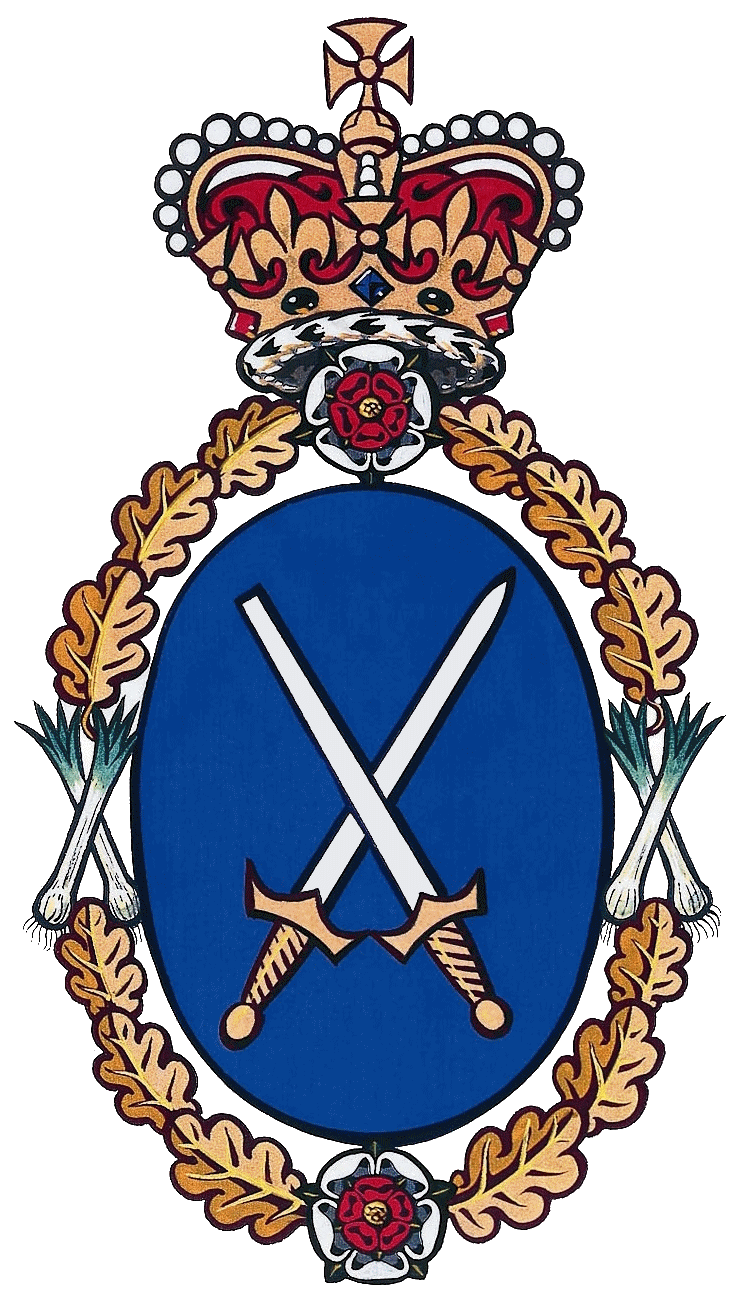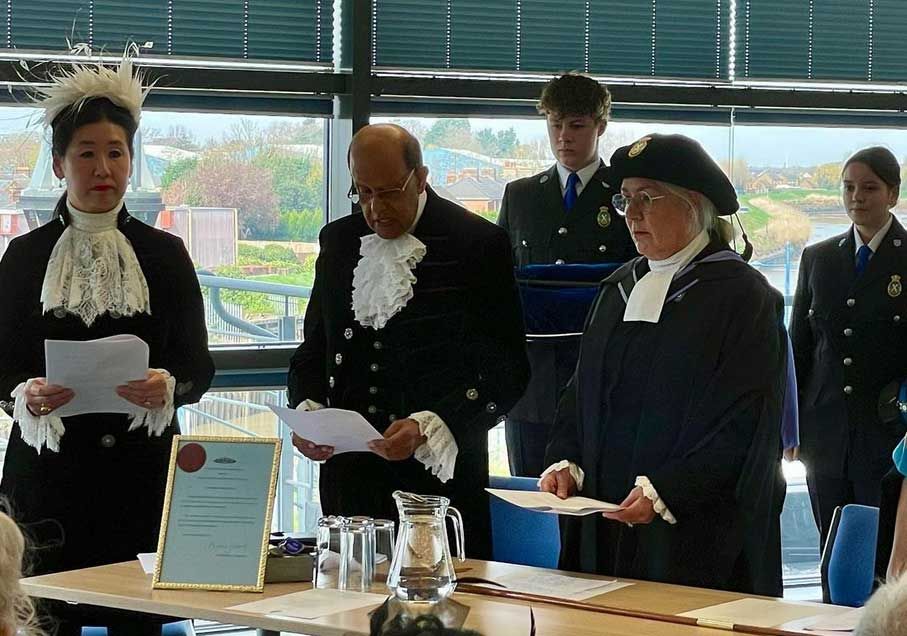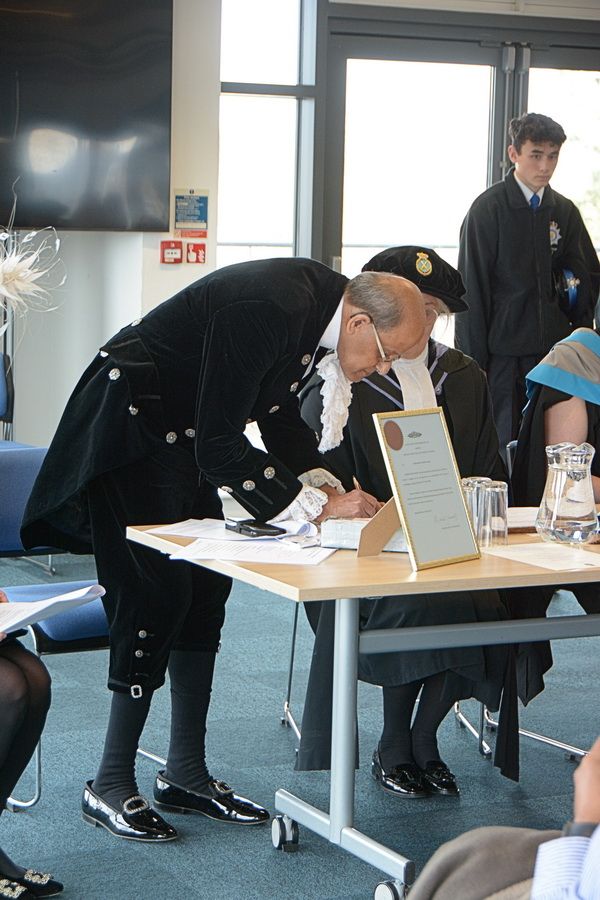The Office of High Sheriff
 The Office of High Sheriff is an independent non-political Royal appointment for a single year. The origins of the Office date back to Saxon times, when the ‘Shire Reeve’ was responsible to the king for the maintenance of law and order within the shire, or county, and for the collection and return of taxes due to the Crown.
The Office of High Sheriff is an independent non-political Royal appointment for a single year. The origins of the Office date back to Saxon times, when the ‘Shire Reeve’ was responsible to the king for the maintenance of law and order within the shire, or county, and for the collection and return of taxes due to the Crown.
Today, there are 55 High Sheriffs serving the counties of England and Wales each year. Whilst the duties of the role have evolved over time, supporting the Crown and the judiciary remain central elements of the role today. In addition, High Sheriffs actively lend support and encouragement to crime prevention agencies, the emergency services and to the voluntary sector. In recent years High Sheriffs in many parts of England and Wales have been particularly active in encouraging crime reduction initiatives, especially amongst young people.
Many High Sheriffs also assist Community Foundations and local charities working with vulnerable and other people both in endorsing and helping to raise the profile of their valuable work. The High Sheriffs´ Association adopted National Crimebeat in recent years in response to specific areas of need.
High Sheriffs receive no remuneration and no part of the expense of a High Sheriff’s year falls on the public purse.
Dr Bharatkumar N Khetani


A Brief History About Me
I was born in Kenya to parents of Indian origin from the State of Gujarat and of Hindu faith.
My father was in British Indian Civil Service in India who was later transferred to Colonial Kenya. He originally worked in a Provincial Office and over a period of time was promoted to being the first Indian Superintendent for the Province of Rift Valley. My mother and elder brother completed the family.
I did my primary & secondary school in Kenya in a town called Nakuru, a town world famous for the flamingos that inhabit the local Lake Nakuru. Since childhood I wanted to study medicine and there was only one medical school in whole of East Africa, in Uganda. Unfortunately, at that time Uganda was unsafe and led to the plight of the Uganda Asian refugees. My wife a little girl then being one of them! Hence, I came to England to achieve my dream of doing medicine.
I did my A levels and was accepted by St Mary’s Medical School in London. (Incidentally St Mary’s claim to fame worldwide amongst other things is that Penicillin was discovered there by Sir Alexander Fleming & Sir George Pinker, a Consultant Gynaecologist at St Mary’s during my student days was the Queen’s Gynaecologist. He delivered our future King Prince William & his Brother Harry. Mr Pinker’s son Ian was my contemporary.
I qualified in 1979, did my pre-registration year in Peterborough followed by 3 years GP Training within the Peterborough Vocational Training Scheme. I was offered a partnership in General Practice at Parson Drove; then a small village some 5 miles north west of Wisbech, by Dr Hattersley, who became not only my senior partner but an elder Brother too.
I retired from GP before my time when the changes in Health Service being introduced were incompatible with my views. Fortunately, it gave my wife Pritty and me the opportunity to engage in voluntary community service in Wisbech which we enjoy enormously.